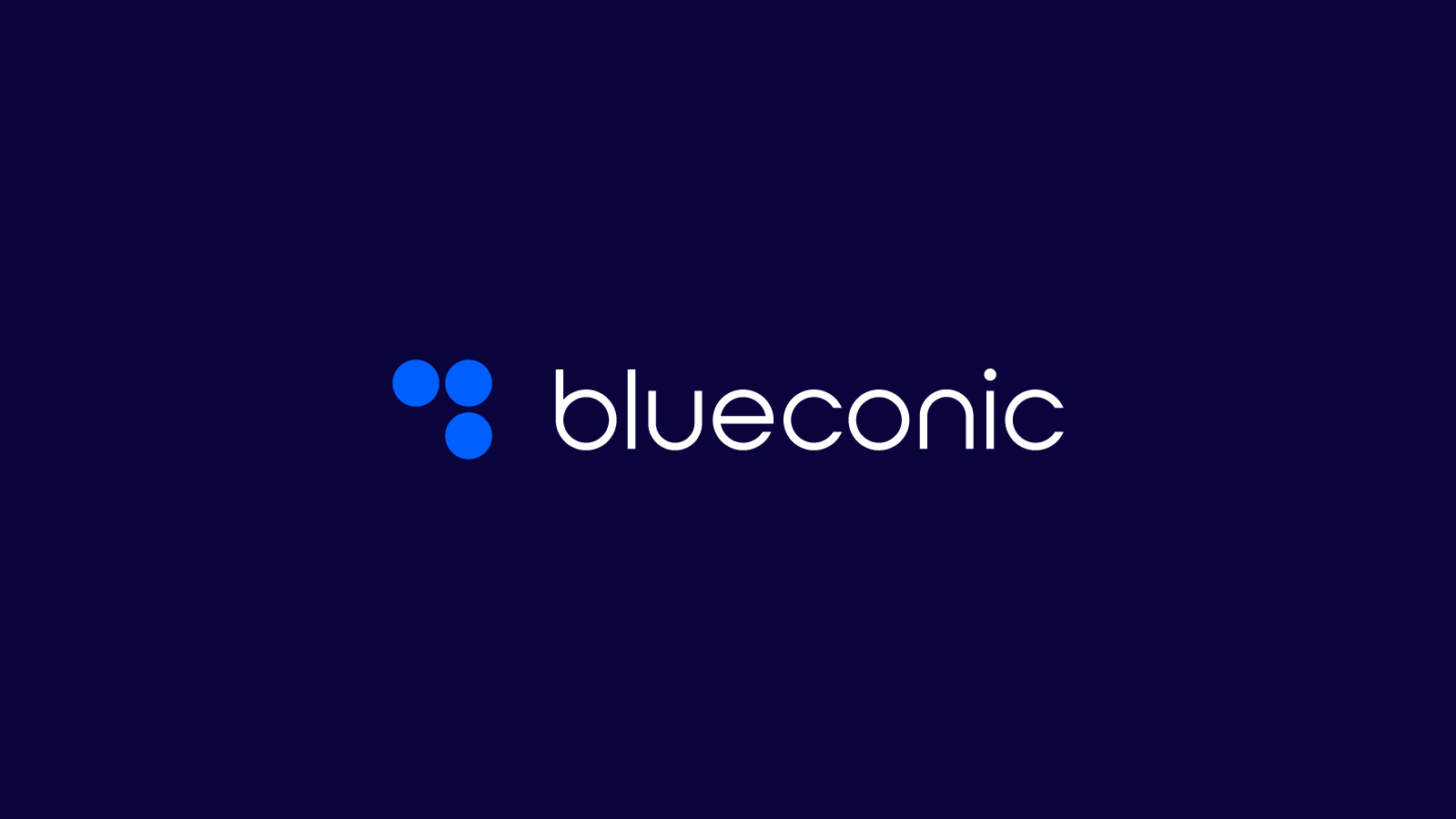In today's fragmented and rapidly evolving media landscape, traditional radio and broadcast companies face unique challenges when it comes to data and technology. Unlike the past, where consumers relied on a single radio or television station for their content needs, today's audiences engage across multiple channels, including mobile apps, websites, smart TVs, and more.
This proliferation of channels, many of which limit access to audience data, make it difficult for traditional radio and broadcast companies to gather valuable insights about their viewers and listeners that they can use to deliver personalized experiences and create innovative products.
Furthermore, factors like consumer data privacy regulations, third-party cookie deprecation, and the rise of platforms like Facebook and Google have complicated the advertising landscape. Faced with economic headwinds and intensified competition for advertising dollars, traditional revenue models based solely on playing music, delivering news, and displaying ads are no longer sustainable.
The Need for Digital Transformation
To adapt to the changing media landscape and address the aforementioned challenges, traditional radio and broadcast companies must embark on a digital transformation journey. This transformation means shifting from traditional models that focus on aggregate viewership/ listenership and demographics, to modern customer engagement models that capture first-party data for a granular understanding of each individual’s interests, behaviors, and preferences.
It also means embracing new technology, like a customer data platform (CDP), that unifies this first-party data into a single customer view for the business. Unlike a data warehouse or other centralized data repository, a CDP like BlueConic also makes it easy for business users without technical or SQL knowledge to access and use that data in real time to target ads more effectively, enhance revenue generation, and deliver unique experiences that surprise and delight.
Start With the Basics: CDP Use Cases for Radio and Broadcast Companies
Due to the diverse platforms on which content is consumed, the full potential of cross-platform tracking and engagement may not be immediately feasible for radio and broadcast companies. But these complexities shouldn’t stop these companies from building a foundation for future growth. In fact, there are several foundational CDP use cases radio and broadcast companies can embrace today to remain competitive and profitable:
Understanding the Audience: One of the primary objectives for traditional radio and broadcast companies is to build a better understanding of their audience. Traditionally, this is done through market research or third-party insights, but with data privacy and cookie deprecation well underway, the old approach is no longer sustainable. By leveraging a CDP to collect and consolidate first-party data into comprehensive customer profiles, these companies can gain deeper insights into individuals’ preferences, behaviors, and demographics, and use those insights to deliver personalized content recommendations, targeted promotions, and more engaging consumer experiences.
Expanding Direct Relationships: Another crucial use case for radio and broadcast companies is increasing the number of direct relationships with their audience. Through contests and promotions, mobile apps and websites, membership programs, surveys, and other value-based programs, traditional radio and broadcast companies foster direct connections while building a rich repository of consented first-party data. They can then use this data to deliver tailored content and offers that improve the overall customer experience while fostering loyalty at the same time.
Driving Ad Revenue:
Building robust ad revenue is a vital goal for radio and broadcast companies. With a CDP, these companies can not only tailor ad content to match viewers/listeners specific interests, but also create valuable audience segments based on demographics, interests, behavior, and other relevant criteria that can be sold to advertisers for a premium. These more precise targeting options ensure ads are delivered to the most relevant audience while improving ROI for these companies and their advertising partners alike.
The Path to First-Party Data Transformation
Traditional radio and broadcast companies are still in the early stages of first-party data transformation and CDP adoption. However, by leveraging a CDP strategically, these companies can unlock significant growth opportunities. By building a solid foundation and focusing on core use cases, traditional radio and broadcast companies can gradually evolve their data strategies and pave the way for future innovations while staying ahead in an increasingly digital landscape.






